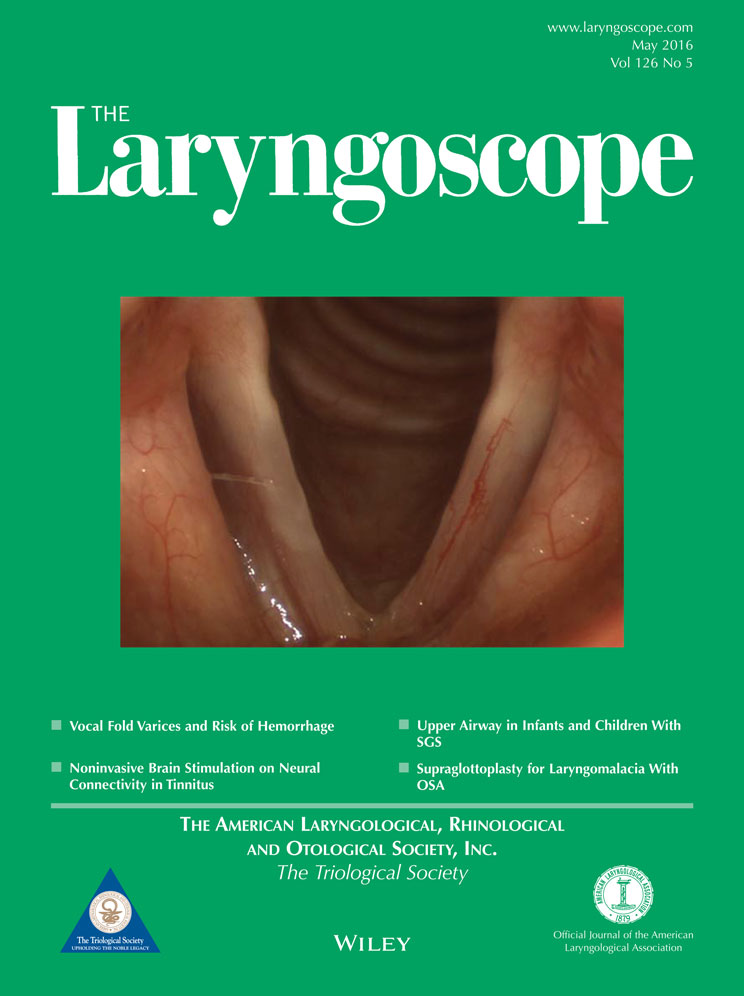Effect of airway dynamics on the development of larynx cancer
The authors have no funding, financial relationships, or conflicts of interest to disclose.
Abstract
Objectives/Hypothesis
This study aimed to investigate and measure airway dynamics in anatomical regions where laryngeal cancer was most common in comparison to other regions of the larynx, thereby determining the effect of airway dynamics on the development of laryngeal cancer.
Study Design and Methods
Pulmonary function test airflow data and larynx anatomy measurement data obtained by three-dimensional computed tomography. A healthy male adult was modeled by simulation using the ANSYS program. Analysis of air flow rates, pressure, and force were also made.
Results
The supraglottic region average pressure was higher when compared to the subglottic region and clearly lower when compared to the glottic region. The subglottic had the lowest pressure and force levels. The glottic region was the first ranked location for laryngeal cancer; the supraglottic region was the second; and the frequency of laryngeal cancer was much lower in the subglottic region. Our data suggests that the high pressure and force contribute to an increased amount of contact and interaction between toxic particles and mucosa and to increased diffusion of the particles, leading to an increased carcinogenic effect and frequency of cancer.
Conclusion
Laryngeal cancer was found more frequently in regions with an increased pressure and force stress and reduced air velocity, with a subsequent increase in penetration of the inhaled toxic agents. These findings demonstrate the importance of basic physical fluid mechanics in cancer pathogenesis.
Level of Evidence
NA. Laryngoscope, 126:1136–1142, 2016




